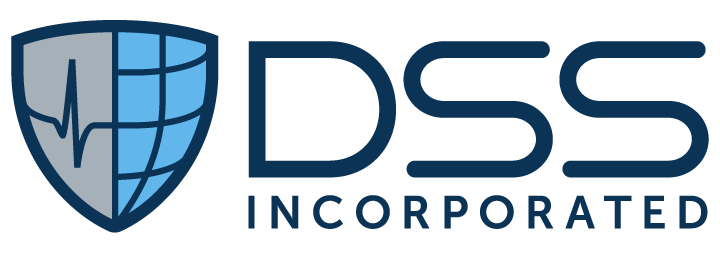Better Software Tools Delivering Better Care Via Remote Patient Monitoring
Remote patient monitoring (RPM) allows the Department of Veterans’ Affairs (VA) to care for thousands of Veterans without requiring hospitalizations. According to a recent story in mHealthIntelligence, a new study documents how the VA was able to leverage a strong RPM platform to provide care for more than 23,500 Veterans during the height of the COVID-19 pandemic:
“The Remote Patient Monitoring-Home Telehealth (RPM-HT) program was launched by the VA’s Office of Connected Care in July 2003, assigning 110 care coordinators to manage roughly 1,500 veterans with acute and/or chronic conditions who qualified for home-based care. That program now encompasses more than 2,800 care coordinators managing more than 75,000 veterans in more than 20 standardized programs, including hypertension, heart failure, diabetes, chronic obstructive pulmonary disease and even depression.”
The RPM-HT program was severely tested in 2020 when the coronavirus pandemic hit. The VA’s Office of Connected Care modified the RPM-HT program to accommodate for COVID-19 and enhanced the program to include more care coordination, frequent communications and a thorough protocol for identifying patients at risk. The VA was able to reduce hospital admissions and bed days of care, improve clinical outcomes, and achieve a high level of patient satisfaction for home telehealth patients.
DSS, Inc. and its partner Diasyst provide RPM technology that can take the VA’s already strong efforts to another level. Diasyst RPM fully leverages the power of patient data by enabling additional features to care for diabetic patients. With Diasyst, providers can deliver proactive care with optimized treatment plans.
These additional features include:
VistA integration to sync critical patient data such as demographics, labs, vitals, medications, and progress notes, minimizing double entry and unnecessary administrative work
All relevant patient data presented in a single dashboard, enabling clinicians to quickly, safely, and effective develop treatment plans for their patients
Customizable “Needs Attention” data listings that triage patients based on clinical needs and risk, allowing care teams to easily prioritize which Veteran requires focus amongst thousands of patients they are actively monitoring
Proactive, guidelines-based pharmacotherapy recommendations, eliminating labor-intensive guess work when following protocols to achieve patient outcomes quickly and safely
Bluetooth, cellular device, and mobile app support, expanding access and increasing ease of use for as many Veterans as possible
Messaging functionality between Veteran and care provider, allowing the healthcare team to effectively communicate treatment plans without requiring the Veteran to travel to the clinic
An estimated 25 percent of Veterans live with diabetes. Using Diasyst, care teams can manage diabetic Veterans anywhere, helping to keep them healthy at home. Clinicians and Veterans can track glucose and medications in real-time. Workflows and clinical decision-making are simple and streamlined, and any changes are communicated virtually.
Diasyst software is seamlessly integrated into DSS’s interoperability solutions. We’re proud that more and more VA facilities are adopting this advanced RPM technology for improved chronic disease management and care delivery. The latest facility to announce adoption is a VA facility in Pittsburgh, Pennsylvania.
In addition to diabetes, Diasyst is also launching its hypertension, weight, and hyperlipidemia monitoring and management capabilities, all within the same platform. These modules will include the same level of VistA-integration, data visualization, and clinical decision support described above.
To learn more about DSS’ overall federal health IT solutions, please click here.

